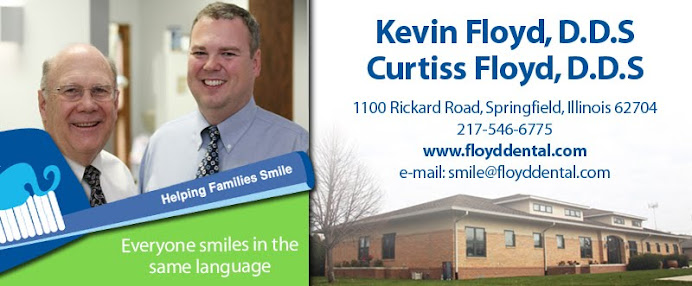More and more evidence is showing that sleep disorder breathing is bad for your health as well as your partner's sleep. Sleep apnea has been linked to dying from cardiovascular disease. The issue for your health care providers is to accurately determine the degree of the disorder. It ranges from simple snoring to severe sleep apnea. Fortunately, there are treatments available for the various stages as well as things you, the patient, can do to prevent or lessen the problem.
Apnea is defined as stopping breathing for 10 or more seconds or taking less than 25% of a normal breath. 15 million Americans have sleep disorder breathing with up to 90% being undiagnosed. 4-9% of the male population and 1-5% of the female population are affected. There is a higher incidence in African-Americans, Native Americans and Hispanics, as well as an increase with age and weight.
Here are some questions to help you determine if this is a problem.
1. Frequent or heavy snoring?
2. Significant daytime drowsiness?
3. Have you been told you stop breathing while sleeping?
4. Do you gasp at times when waking up?
5. Do you feel unrefreshed in the morning?
6. Do you have morning headaches?
7. Are you aware of any teeth grinding at night?
Typical Obstructive Sleep Apnea (OSA) patients have one or more of these:
1. Large necks: Men - 17 inches or larger; women - 16 inches or larger
2. Small chins (overbite).
3. Over weight - % increases dramatically over 200 lbs.
4. Scalloped tongue - Sides of tongue show imprint of the teeth ( a 70% predictor).
5. Eroded enamel - Enamel worn off teeth.
6. Enlarged tonsils - Graded by amount of blockage (Pharyngeal grade 1-4)
7. Crico-mental space < 1.5 cm. (Turkey Gobble neck)
If you have a Turkey Gobble, an overbite, and a Pharyngeal grade >II, there is a positive predictive score of 95%!
The final diagnosis of OSA is done with polysomnography (PSG) at a certified sleep lab.
So, let us say "You've got OSA". Now what? Here are your options.
1. Sleep hygiene
2. Over the counter nasal aids
3. Oral Appliances
4. CPAP, CPAP Pro, Nasal CPAP, and BiPAP
5. Surgery
Let's look at each one a little closer.
Sleep Hygiene:
Avoid sleeping on back (sleep position training).
Avoid alcohol for 2 hours prior to bedtime.
Lose weight
Avoid CNS depressants
Stop smoking
Over the Counter:
Breathe Rite Strips
Lubricants (Ayr,etc.)
Nasal sprays (Afrin, etc. and my favorite - Xlear)
Oral Appliances: Over 40 types available, here are some I like.
Silent Nite - For snoring only
Aveo TSD - For snoring, no impressions
Myerson EMA - For snoring and mild OSA
TAP III - For mild to moderate OSA
Somnomed MAS - For mild to moderate OSA
CPAP (Continuous Positive Airway Pressure): The Gold Standard
Machine with various masks to provide pressurized air to the lungs to override obstructions.
Surgery:
Various surgeries on the throat to open the airway by removal of tissue. This is usually the option of last resort. One, a tracheotomy, bypasses the throat altogether.
The object of all these methods is to get oxygen (air), to the lungs. The dental versions do this by holding the lower jaw and tongue in a forward position which opens the airway. It is a low cost, non surgical option that doesn't restrict sleeping patterns. I would recommend it as a primary choice for mild to moderate OSA or for people who cannot adapt to the CPAP. A before and after sleep study will tell it's % of effectiveness.
The main thing is to do something. Your life may depend on it!
Wednesday, January 12, 2011
Subscribe to:
Post Comments (Atom)


No comments:
Post a Comment